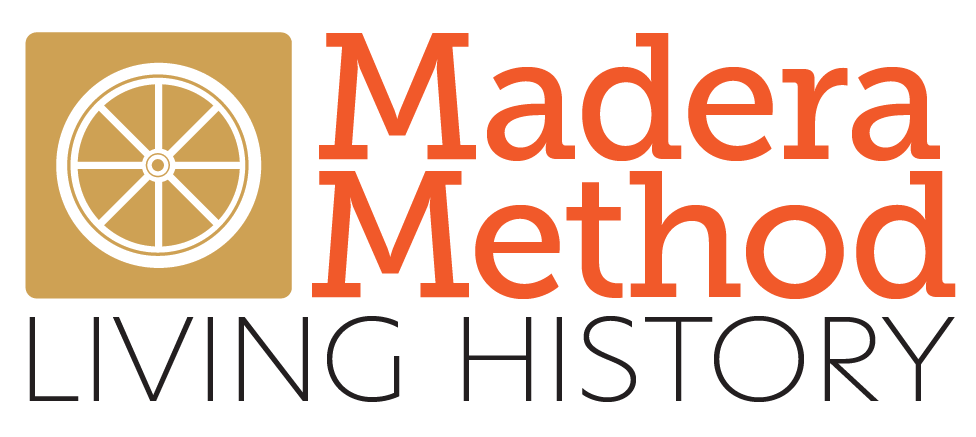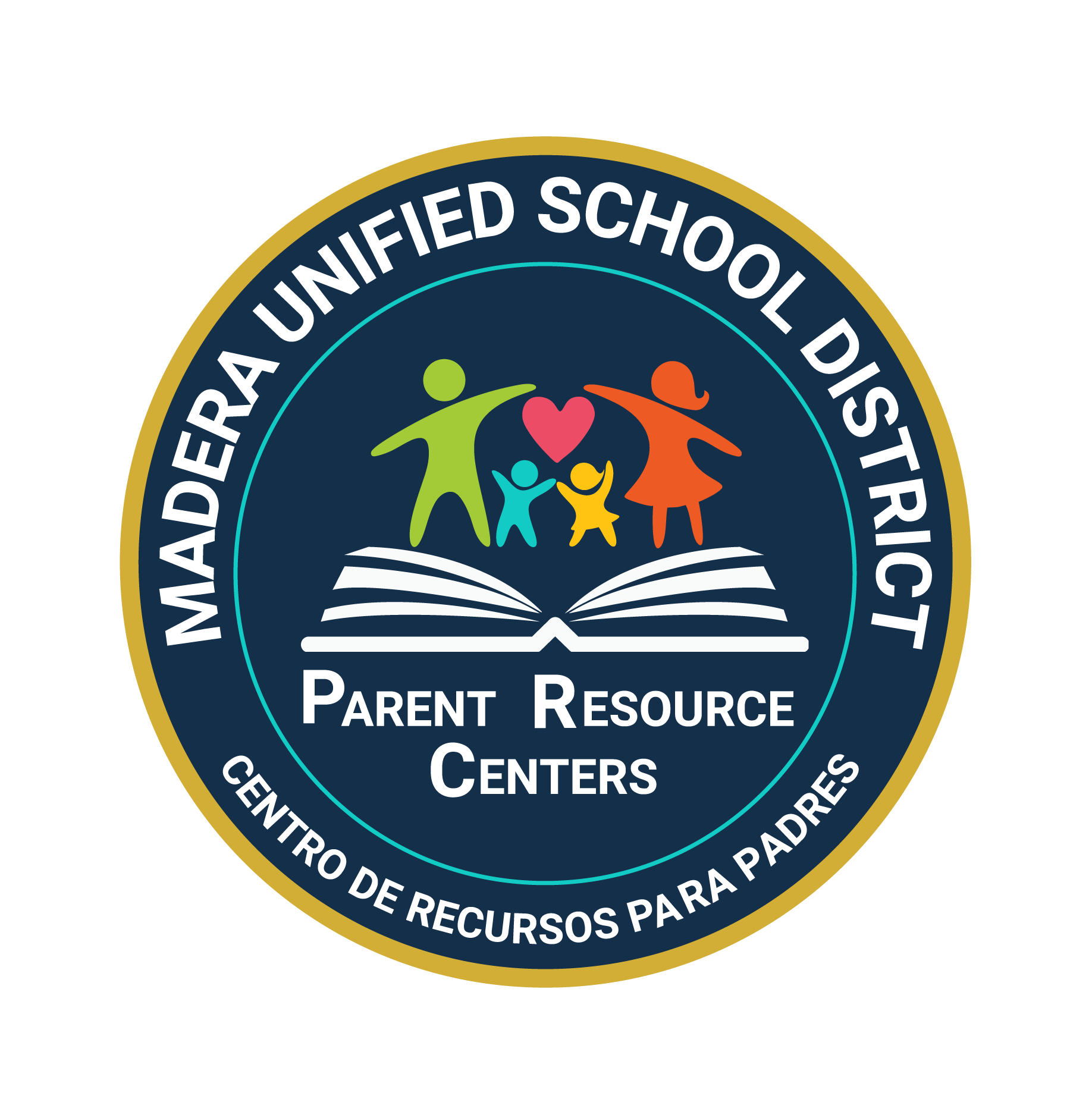By Frédéric Martin, Editor-in-Chief, We Believe Newspaper
Later This year, the Madera Method will be thirty-five years old. History teacher Bill Coate launched the innovative and prolific practice at the onset of the 1984-1985 school year in his 6th-grade class at Howard school. Earlier that year, one of his friends informed Bill of an abandoned graveyard near a dilapidated small adobe farmhouse in Chowchilla, located near the river. On the site, overtaken with weeds, were three gravestones, all featuring the same chiseled last name: Jonas Minturn, Roland R. Minturn, and Abby West Minturn, with an epitaph on Abby’s stone: “Her Children Will Arise and Call Her Blessed.”
Although no one in town knew about those graves, or about the Minturns, the name was omnipresent in the area: Minturn cotton gin, Minturn almond huller, Minturn Road, even a Minturn Bar. A significant name with no immediate written records to be found other than on road and business signs. Back in his Howard classroom, Bill related the story to his students and ignited their interest by suggesting they all put on their sleuthing hats. Starting with a death certificate, a coroner’s report, and old newsprint, the students became passionately involved, learning everything they could find about the small forgotten family, which, it turns out, was not so small. Thus, the Madera Method was born.
For most of the school year, Bill gathered his students, every Saturday, and kept digging for information. The census reports and land deeds pointed to the Minturns’ arrival in California in 1870, and, upon further research, helped the students discover the family’s origin: Bristol, Rhode Island. The budding Howard historians successfully convinced an 8th-grade class, in Bristol, to collaborate on the history project. The Madera Method was now operational on both coasts.
The expanded team unearthed far more than could have been gathered remotely and enriched the research well beyond the Madera Method’s initial expectations. Within just a few months, the team had recovered over three hundred primary documents, starting from three abandoned gravestones. The concept was now a reality and the Madera Method proved to be a phenomenal learning tool, that could be reproduced anywhere because its users were passionate about every aspect of satisfying their seemingly unquenchable thirst for a more complete story.
The quality and depth of their research were both staggering and humbling, considering the bulk of the work was achieved more than a decade before the internet became a household word. Famous biographical novelist Irving Stone heard of the project, from a friend, and contacted Bill. It was swiftly suggested the completed research be published as the Minturn Chronicles, written as Abby West Minturn’s diary, with a preface by Irving Stone. Each student focused on a year in Abby’s life, based on verifiable research, and solemnly read their part of the story at a grave site event. Concluding their first opus in a soulful, elegant, and well-attended ceremony deeply touched Abby’s descendants present under the early June sun, almost a year after the birth of what Irving Stone would eventually officially coin, the Madera Method.
The Madera Method also extended its reach with the Madera Method Wagon Train trips, which, for many years, have delighted and charmed many Madera elementary school students and parents. Bill’s friend, teacher Ed Gwartney, built two fully functioning wagons for his James Monroe history class, and both men decided to test them out with kids on small trips on the local grasslands. Eventually, some of the trips would last a few days, on the Dalton Ranch in Madera or up in the foothills; some were more ambitious: following a 49er trail, going to places as far as Stockton or Coloma, Nogales, AZ, even once all the way to Texas. The last wagon train trips ended a few years ago, but the expeditions could easily be revived: the wagons are still around, somewhere up in the Fresno County mountains, ready to be used, to recreate 19th-century pioneer and genuine cowboy experiences elementary students would never forget.
The Madera Method abruptly stopped its research practice about a decade and a half ago, when the school district reprioritized some of its activities and educational goals, and reallocated its resources, partly because the Madera Method was never actually incorporated into MUSD’s official curriculum. The Madera Method had its own website, hosted on University of California Berkeley servers, that featured a few of the stories written by students up until the mid-1990s. The website has since been removed from circulation and is no longer maintained.
Today, MUSD is making plans to revive the Madera Method with a dedicated library on the Madera South campus as well as developing an interactive website to provide a publishing platform of completed works. A planned site will function to present a set of tools for new research, and to deliver an online archive, made available for data mining, by local schools, and for students from other areas and states, who would emulate the Madera Method, enrich its repository, and learn from the published examples and shared source documents. The site is under development and will be available sometime in 2019. Look for the Madera Method website’s relaunch information in a future issue of the We Believe Newspaper.
Originally published in the We Believe Newspaper, February 2019




